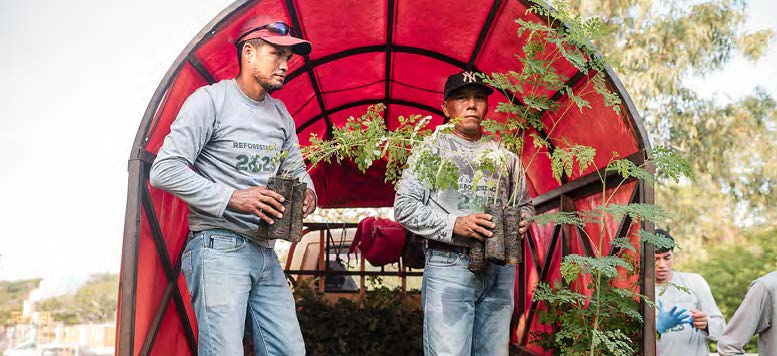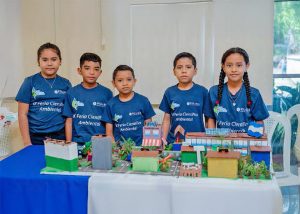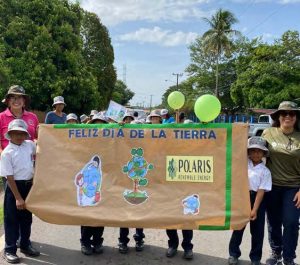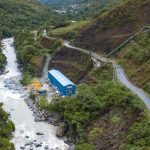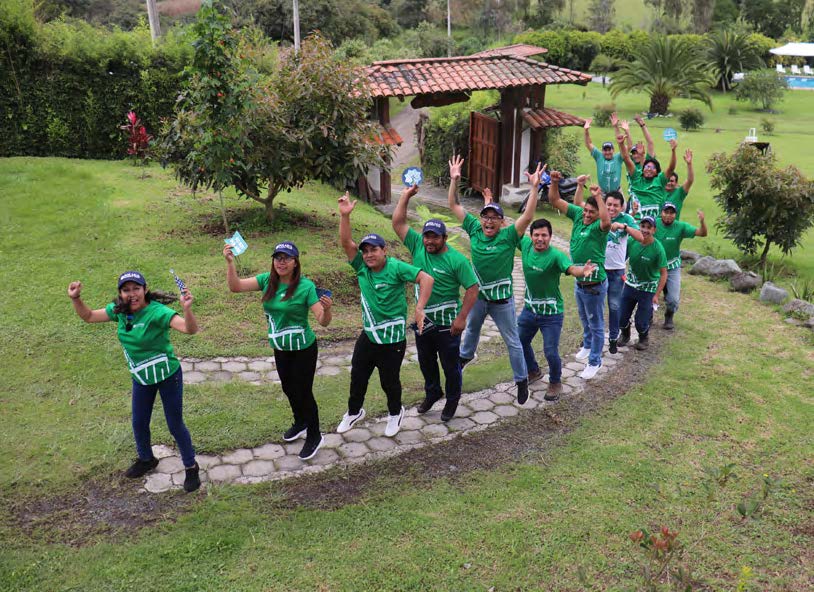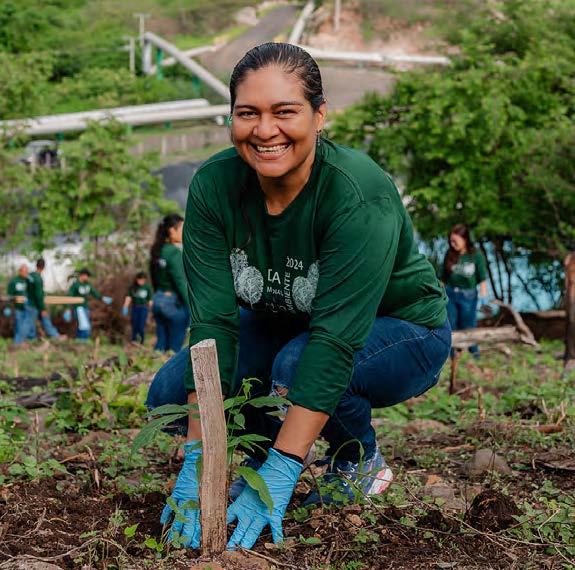Biodiversity loss threatens ecosystem services, jeopardizing food security and public health. It involves not only the global extinction of species but also the local decline or disappearance of species in specific habitats, which leads to a significant reduction in biological diversity. At Polaris, biodiversity conservation is a priority and a key material issue in our Sustainability Strategy. Our primary goal is to implement Biodiversity Management Plans across all operations, aligning with SDG 1541 and particularly Target 15.842, to protect endemic, endangered, and native species, supporting their recovery and reproduction. Our biodiversity monitoring efforts across operations have shown positive impacts on ecosystem health in the areas where we work. The following findings from our Monitoring of bird population illustrate (graph Monitoring of bird population) the effectiveness of our initiatives in improving environmental quality. Birds, as vital indicators of ecosystem health and respond quickly to environmental changes. Thanks to more than a to over a decade of reforestation at our Nicaragua operations, we have documented the presence of the Margay43 (Leopardus wiedii), a ?Threatened? species according to the IUCN (2014). This species is closely associated with forest environments and less tolerant of human settlements, making its presence in our project areas a strong indicator of improved ecosystem health and the success of our reforestation efforts.
Regarding protected areas, two of our operations are situated within protected zones:
? San Jacinto, Nicaragua (buffer area)
? Canchayllo, Peru
Our environmental management plans for these areas have been approved by the relevant government institutions, and we collaborate with them on reforestation projects that
ensure native species are reforested. These initiatives align with the conservation goals for each area.
Our biodiversity efforts extend beyond protected areas. Some of our key actions include:
? Environmental training on biodiversity protection, both internally and externally.
? Prohibition of waste burning on site.
? Restrictions on tree cutting without proper authorization and resource replacement plans.
? Prohibition of animal hunting.
? Relocation of wildlife found in internal operation areas.
? Replacement of forest resources affected by construction.
? Rescue and relocation of wildlife before the start of new projects.
? Community-based reforestation and species proliferation initiatives.
In 2024, we planted 1,186 trees across our operations and expanded reforestation efforts to the Dominican Republic and Ecuador, where no reforestation had occurred in 2023. We also donated 5,014 trees to surrounding communities and organizations. Of which, in honor of World Forest Day, we donated 1,218 trees to the Peruvian Amazon, equivalent to 6 trees per employee, through the organization One Tree Planted, further supporting ecosystem restoration. Despite these efforts, biodiversity protection faces significant challenges, including forest fires, illegal hunting, land-use changes, deforestation, and climate change impacts. To address these threats, we continue to implement an annual wildfire risk mitigation plan45, strengthen environmental training for staff and local communities, and continuously work to improve ecosystem resilience. In 2024, we launched a pilot beekeeping project in Nicaragua to reduce wildfire risk46. This initiative not only promotes sustainable honey production but also supports reforestation efforts, transforming the area into a beekeeping zone and providing economic opportunities for local communities.
Additionally, as part of our 2024 reforestation plan, we restored affected areas by planting 800 fast-growing, fireresistant species. We also expanded firebreaks from 6 to 8 meters to further mitigate wildfire risk.
We remain committed to protecting and restoring ecosystems in the areas where we operate, adapting ourstrategies to local challenges to ensure lasting positive impacts

